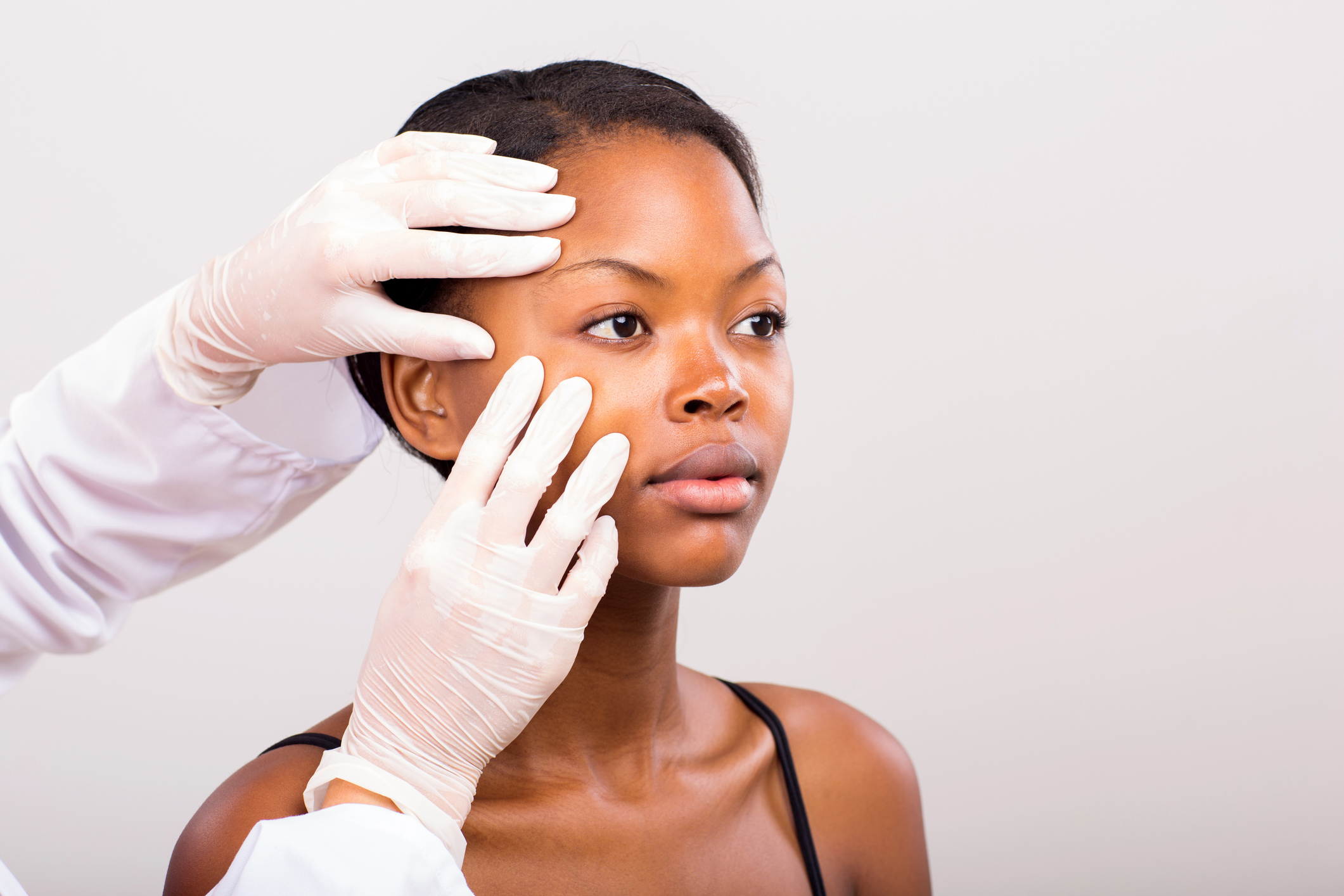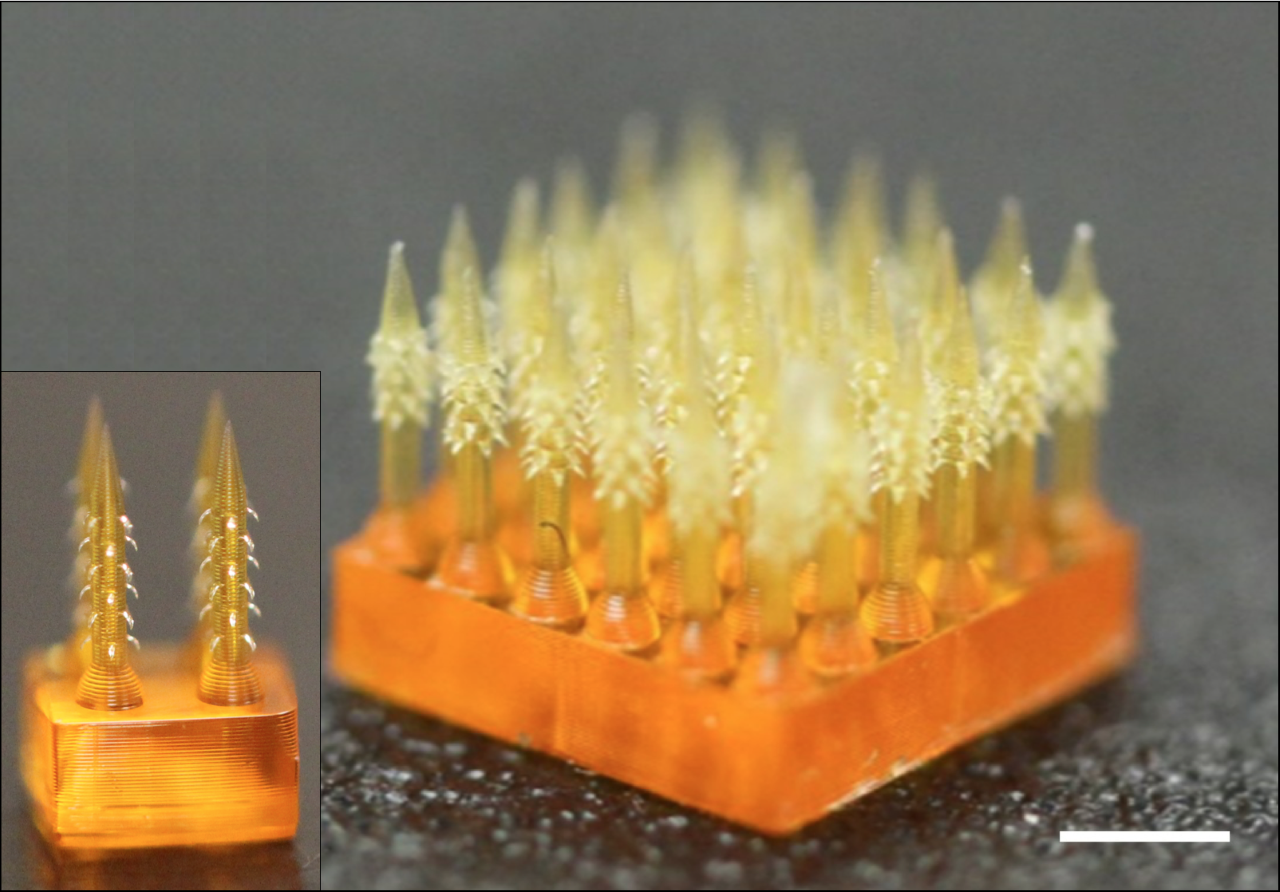A new study found that eating a snack of baby carrots just three times a week significantly increased skin carotenoids in young adults. Levels of these phytonutrients were boosted even more when this healthy snack was combined with a multivitamin containing the carotenoid beta carotene.
Tag: skin
Avoiding Margarita Burns This Summer
Be careful sipping on your margarita while enjoying a relaxing day by the pool – you could get a margarita sunburn. A margarita burn, also known as phytophotodermatitis, is a skin reaction that occurs when lime juice gets on your…
Synchronisation between the central circadian clock and the circadian clocks of tissues preserves their functioning and prevents ageing
• Two complementary research articles, published simultaneously in the journals Science and Cell Stem Cell by a team of scientists from the UPF and IRB Barcelona, reveal that central and peripheral circadian clocks coordinate to regulate the daily activity of skin and muscles.
• The coordination between the two clocks (central and peripheral) guarantees 50% of the circadian functions of tissues, including vital processes such as the cell cycle, DNA repair, mitochondrial activity, and metabolism.
• Synchronisation between the central brain clock and peripheral ones prevents premature muscle ageing and improves muscle function, suggesting new strategies to tackle age-related decline through circadian rhythm modulation.
Wound Treatment Gel Fights the Battle Against Antibacterial Resistance
Polymer-based hydrogels are used to treat skin ailments and in tissue engineering because of their ability to retain water, deliver drugs into wounds, and biodegrade. However, they are complicated to manufacture and not very resilient to external forces like rubbing against clothing, sheets, or wound dressings.
JMIR Dermatology Invites Submissions on Diversity in Dermatology
JMIR Publications is pleased to announce a new theme issue titled “Diversity in Dermatology” in JMIR Dermatology. The premier, peer-reviewed journal is indexed in Sherpa Romeo, Scopus, DOAJ, CABI, and PubMed Central/PubMed and is the official journal of the International Society of Digital Health in Dermatology (ISDHD).
Smart protection for delicate skin
Skin injuries caused by prolonged pressure often occur in people who are unable to change their position independently – such as sick newborns in hospitals or elderly people. Thanks to successful partnerships with industry and research, Empa scientists are now launching two smart solutions for pressure sores.
Study Details Toxic Elements Found in Stranded Whales, Dolphins Over 15 Years
Researchers evaluated the prevalence, concentration and tissue distribution of essential and non-essential trace elements, including heavy metal toxicants in tissue (blubber, kidney, liver, skeletal muscle, skin) and fecal samples. Findings reveal how toxicant levels relate to their sex, breed, age and other demographic factors.
Small RNAs take on the big task of helping skin wounds heal better and faster with minimal scarring
New findings in The American Journal of Pathology, published by Elsevier, report that a class of small RNAs (microRNAs), microRNA-29, can restore normal skin structure rather than producing a wound closure by a connective tissue (scar).
Looking sharp! Shark skin is unique and may have medical use, too
Sharks differ from other fish in many ways, including an apparently remarkable ability to heal from wounds, according to reports of sharks recovering from injuries sustained in the wild. While this healing ability has not yet been documented in controlled laboratory conditions, some of the chemical compounds found in shark skin may have significant biomedical potential.
Atopic dermatitis: Viruses discovered as new therapy option
Up to 15 percent of children and five percent of adults are affected by the chronic inflammatory skin disease atopic dermatitis. Despite advanced therapy measures, the severe itching and eczema, especially on the elbows or knees, cause great distress to the patients.
Research reveals why our skin feels ‘tight’
When we wash our face with a cleanser, our skin can start to feel tight. With the application of a favorite moisturizer, that feeling often goes away.
Why does skin get ’leathery’ after too much sun? Bioengineers examine cellular breakdown
A study from Binghamton University, State University of New York researchers explores how ultraviolet radiation can alter the microstructure of human skin. Particularly affected is collagen, the fibrous protein that binds together tissue, tendon, cartilage and bone throughout our bodies.
Skin injury promotes healthy-cell expansion, helps control mutated cell growth
Healthy human skin is a mosaic of normal and mutation-bearing cells. More cells accumulate more mutations as we age, increasing skin cancer risk. Researchers in the lab of Valentina Greco found injury to the skin promotes healthy-cell expansion, which in…
UC Irvine-led researchers reveal new molecular mechanism for stimulating hair growth
Irvine, Calif., June 21, 2023 — The process by which aged, or senescent, pigment-making cells in the skin cause significant growth of hair inside skin moles, called nevi, has been identified by a research team led by the University of California, Irvine. The discovery may offer a road map for an entirely new generation of molecular therapies for androgenetic alopecia, a common form of hair loss in both women and men.
New Study: Increase in Skin, Hair, and Nail Supplement Use Despite Risks
New research published in the Journal of the American Academy of Dermatology found that use of hair, skin, and nail supplements has nearly doubled in recent years. Of the 40,959 study participants, the supplement users were more often younger (20-39…
Skin conditions may indicate more serious rheumatic disease, UT Southwestern physician says
While rheumatic diseases typically affect the joints, muscles, or ligaments, the first signs of a problem may appear on the skin. A UT Southwestern physician who specializes in rheumatology says it’s essential to know what to look for.
A New Frontier: Skin Cell Study Looks at Regenerative Medicine in Space
Human skin cells provided by Marjana Tomic-Canic, Ph.D., director of the Wound Healing and Regenerative Medicine Research Program at the University of Miami Miller School of Medicine, were launched to the International Space Station for advanced testing as part of a research voyage by CUTISS, a Swiss life sciences company.
Hybrid Decoders for Marked Point Process Observations and External Influences
Wearable monitoring is likely to play a key role in the future of healthcare. In many cases, wearable devices may monitor our physiological signals that can indicate mental states, such as emotions. The lab of Rose Faghih has been developing a system called MINDWATCH, algorithms and methods for wearable sensors that collect information from electrical signals in the skin to make inferences about mental activity.
Move Over, Gut Microbiota—Skin and Mouth Bacteria May Help Regulate Blood Pressure Too
New research in rats finds specific bacteria populations in the mouth and on the skin may be beneficial in blood pressure regulation. The first-of-its-kind study is published ahead of print in Physiological Genomics.
Human skin has evolved to allow maximum durability and flexibility
Human skin has evolved to allow maximum durability and flexibility, according to new research from Binghamton University, State University of New York.
Skin Cancer & Melanoma
Skin cancer is the most common cancer in the United States. Doing a monthly at home self-check of your skin can help you spot changes. Learn how to spot lesions and skin changes from Mountainside Medical Center.
Skin-immersion study shows serious damage after 12 hours in water
A new study from researchers at Binghamton University, State University of New York could change the way that medical professionals and scientists think about the long-term effects of skin immersion in water.
Mount Sinai Researchers Identify Mechanisms That Are Essential for Proper Skin Development
Mount Sinai researchers have discovered that Polycomb complexes, groups of proteins that maintain gene expression patterns, are essential for proper skin development, according to a paper published in Genes & Development on February 18.

3D-Printed Smart Gel Changes Shape When Exposed to Light
Inspired by the color-changing skin of cuttlefish, octopuses and squids, Rutgers engineers have created a 3D-printed smart gel that changes shape when exposed to light, becomes “artificial muscle” and may lead to new military camouflage, soft robotics and flexible displays. The engineers also developed a 3D-printed stretchy material that can reveal colors when light changes, according to their study in the journal ACS Applied Materials & Interfaces.
New analysis reveals ‘long-hauler’ COVID-19 patients with prolonged skin symptoms
Analysis of the largest registry of COVID-19 patients with dermatological symptoms has revealed a subset of patients, called ‘long-haulers’ or ‘long COVID’, who experience prolonged symptoms (lasting >60 days) on their skin.
Tattoos Impair Sweating, Could Increase Risk of Heat-related Injury
New research finds that tattooed skin does not sweat as much as non-inked areas of the body, which may have implications for the body’s ability to cool in people with extensive tattooing.

University of Miami Health System Launches Skin of Color Division
The Dr. Philip Frost Department of Dermatology and Cutaneous Surgery at the University of Miami Health System launches newly named Skin of Color Division led by a three-physician team – all women of color. Only a handful of dermatology programs across the country have so many physicians specializing in skin of color care.
Biomedical researchers get closer to why eczema happens
A new study from Binghamton University, State University of New York may help to peel back the layers of unhealthy skin — at least metaphorically speaking — and get closer to a cure.
Engineers develop skin rejuvenation method using stem cells
BINGHAMTON, NY — Vesicles derived from human stem cells can be used to rejuvenate skin, according to a research team including faculty at Binghamton University, State University of New York. The use of stem cell-derived extracellular vesicles (EVs) as a cell-free…

High-Tech Printing May Help Eliminate Painful Shots
Painful hypodermic needles may not be needed in the future to give shots, inject drugs and get blood samples. With 4D printing, Rutgers engineers have created tiny needles that mimic parasites that attach to skin and could replace hypodermic needles, according to a study in the journal Advanced Functional Materials.